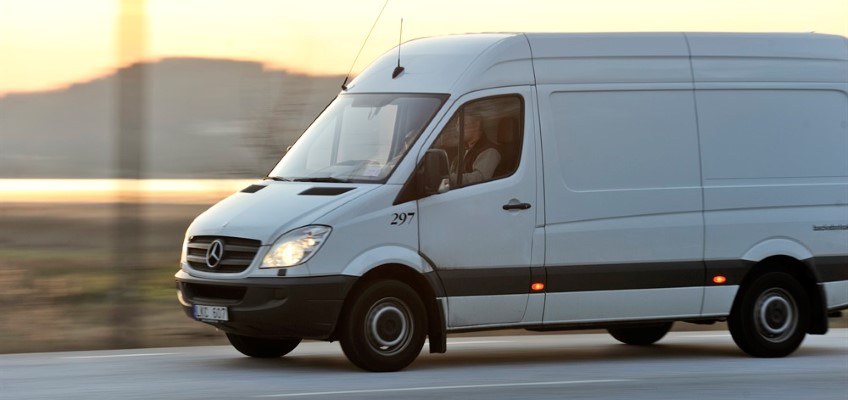How can we increase the knowledge of goods transport involving light lorries?

Transport analysis has in a government commission invented the need for statistics on light lorries and distribution vehicles in urban environments as well as possible sources of information for producing statistics in the area. The final report presents a number of proposals for statistics production in the short and long term, as well as proposals for an increased knowledge base.
Full report (in Swedish)
- Rapport 2018:3 Hur förbättrar vi kunskapen om godstransporter med lätta lastbilar
- Summary Report: How do we improve the knowledge of goods transport involving light lorries?
- Rapport 2017:21 Inventering av datakällor om lätta lastbilars transporter i urbana miljöer
- Lätta lastbilar 2018 - Undersökningsupplägg för urvalsundersökning av svenskregistrerade lätta lastbilar
A previous interim report presented an inventory of possible data sources and modelling tools for urban freight transport together with a stakeholder analysis.
In the final report, "How do we improve the knowledge of freight transport by light trucks?" Transport Analysis proposes that a new statistical product be published for light lorries, and that a knowledge base/current status analyses, including ones based on the new statistics, continue to be produced regarding transport involving light lorries and other distribution vehicles (including heavy vehicles) in urban environments.
The data will initially be based on readily accessible information from the vehicle registry, and from the Lorry Survey regarding transport by heavy vehicles. Data from a sample study targeting light lorries (excluding privately registered lorries) will supplement the reporting from an urban context.
Over the longer term, we propose that these statistics be expanded in terms of both level of detail and scope by collecting data via surveys and/or from companies’ administrative systems together with flow data from municipal measurements.
A knowledge base for urban transport should be built in parallel with the work of generating regular official statistics. This could be done in various ways, and some of the discussed suggestions involve conducting industry studies, meta-analyses of previously conducted surveys, and testing and analysis to determine what results would be obtained in Sweden using a modelling tool developed in another country.
